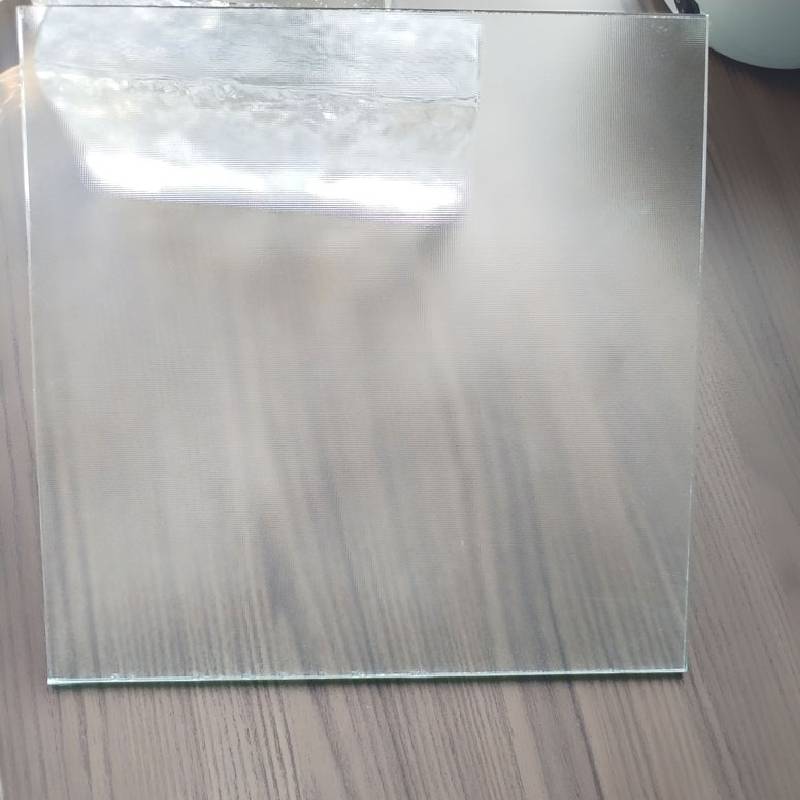Understanding UV Non-Reflective Glass Benefits and Applications
In contemporary architecture and design, the selection of glass is a critical decision that can significantly influence both aesthetics and functionality. One noteworthy type of glass that has gained attention is UV non-reflective glass. This specialized glass is designed to minimize both UV radiation and reflection, making it an ideal choice for various applications ranging from museums to residential buildings.
What is UV Non-Reflective Glass?
UV non-reflective glass is a type of glass that has been treated to absorb or block ultraviolet (UV) rays while minimizing reflections. It typically features a unique coating that prevents the transmission of harmful UV light, which can cause fading in artworks, furniture, and textiles. Moreover, its non-reflective properties help to enhance visibility and reduce glare, making it particularly useful in environments where clear visuals are essential.
Benefits of UV Non-Reflective Glass
1. Protection Against UV Rays One of the standout features of UV non-reflective glass is its ability to block up to 99% of harmful UV radiation. This is particularly beneficial in settings like art galleries and museums, where protecting valuable artifacts from sun damage is paramount. It prevents colors from fading, ensuring that displays and exhibits retain their original vibrancy over time.
2. Glare Reduction The non-reflective coating greatly reduces glare, providing clearer visibility. This is especially advantageous in areas with bright lighting or direct sunlight, as it enhances the overall viewing experience without compromising natural light flow. For residential and commercial spaces alike, this means a more comfortable atmosphere.
uv non reflective glass
3. Aesthetic Appeal UV non-reflective glass offers a sleek, modern look that can complement various architectural styles. Unlike conventional glass, which can create distracting reflections, this type maintains clarity and transparency, allowing designs and landscapes to shine through without interruptions.
4. Energy Efficiency While primarily designed for protection and aesthetics, UV non-reflective glass can also contribute to energy efficiency. By blocking UV rays, it helps regulate indoor temperatures and reduce the need for excessive air conditioning. This can lead to lower energy costs and a smaller carbon footprint, aligning with modern standards of sustainability.
Applications of UV Non-Reflective Glass
The versatility of UV non-reflective glass makes it suitable for numerous applications. In museums, it protects sensitive exhibits from damage while providing an unobstructed view for visitors. In retail spaces, it showcases merchandise effectively without glare, ensuring that customers can appreciate products in their true colors. Additionally, in residential settings, it can enhance window installations, skylights, and shower enclosures, providing both elegance and functionality.
Conclusion
In summary, UV non-reflective glass represents a significant advancement in glass technology, combining protection, aesthetic appeal, and energy efficiency. Its ability to block harmful UV rays while minimizing reflections makes it an invaluable choice across various sectors. As the demand for high-quality, protective materials continues to rise, UV non-reflective glass is poised to become a staple in modern design, ensuring that beauty and functionality can coexist seamlessly. Whether in commercial, residential, or cultural contexts, this specialized glass offers solutions that cater to the evolving needs of today’s society.
 Afrikaans
Afrikaans  Albanian
Albanian  Amharic
Amharic  Arabic
Arabic  Armenian
Armenian  Azerbaijani
Azerbaijani  Basque
Basque  Belarusian
Belarusian  Bengali
Bengali  Bosnian
Bosnian  Bulgarian
Bulgarian  Catalan
Catalan  Cebuano
Cebuano  Corsican
Corsican  Croatian
Croatian  Czech
Czech  Danish
Danish  Dutch
Dutch  English
English  Esperanto
Esperanto  Estonian
Estonian  Finnish
Finnish  French
French  Frisian
Frisian  Galician
Galician  Georgian
Georgian  German
German  Greek
Greek  Gujarati
Gujarati  Haitian Creole
Haitian Creole  hausa
hausa  hawaiian
hawaiian  Hebrew
Hebrew  Hindi
Hindi  Miao
Miao  Hungarian
Hungarian  Icelandic
Icelandic  igbo
igbo  Indonesian
Indonesian  irish
irish  Italian
Italian  Japanese
Japanese  Javanese
Javanese  Kannada
Kannada  kazakh
kazakh  Khmer
Khmer  Rwandese
Rwandese  Korean
Korean  Kurdish
Kurdish  Kyrgyz
Kyrgyz  Lao
Lao  Latin
Latin  Latvian
Latvian  Lithuanian
Lithuanian  Luxembourgish
Luxembourgish  Macedonian
Macedonian  Malgashi
Malgashi  Malay
Malay  Malayalam
Malayalam  Maltese
Maltese  Maori
Maori  Marathi
Marathi  Mongolian
Mongolian  Myanmar
Myanmar  Nepali
Nepali  Norwegian
Norwegian  Norwegian
Norwegian  Occitan
Occitan  Pashto
Pashto  Persian
Persian  Polish
Polish  Portuguese
Portuguese  Punjabi
Punjabi  Romanian
Romanian  Russian
Russian  Samoan
Samoan  Scottish Gaelic
Scottish Gaelic  Serbian
Serbian  Sesotho
Sesotho  Shona
Shona  Sindhi
Sindhi  Sinhala
Sinhala  Slovak
Slovak  Slovenian
Slovenian  Somali
Somali  Spanish
Spanish  Sundanese
Sundanese  Swahili
Swahili  Swedish
Swedish  Tagalog
Tagalog  Tajik
Tajik  Tamil
Tamil  Tatar
Tatar  Telugu
Telugu  Thai
Thai  Turkish
Turkish  Turkmen
Turkmen  Ukrainian
Ukrainian  Urdu
Urdu  Uighur
Uighur  Uzbek
Uzbek  Vietnamese
Vietnamese  Welsh
Welsh  Bantu
Bantu  Yiddish
Yiddish  Yoruba
Yoruba  Zulu
Zulu 

